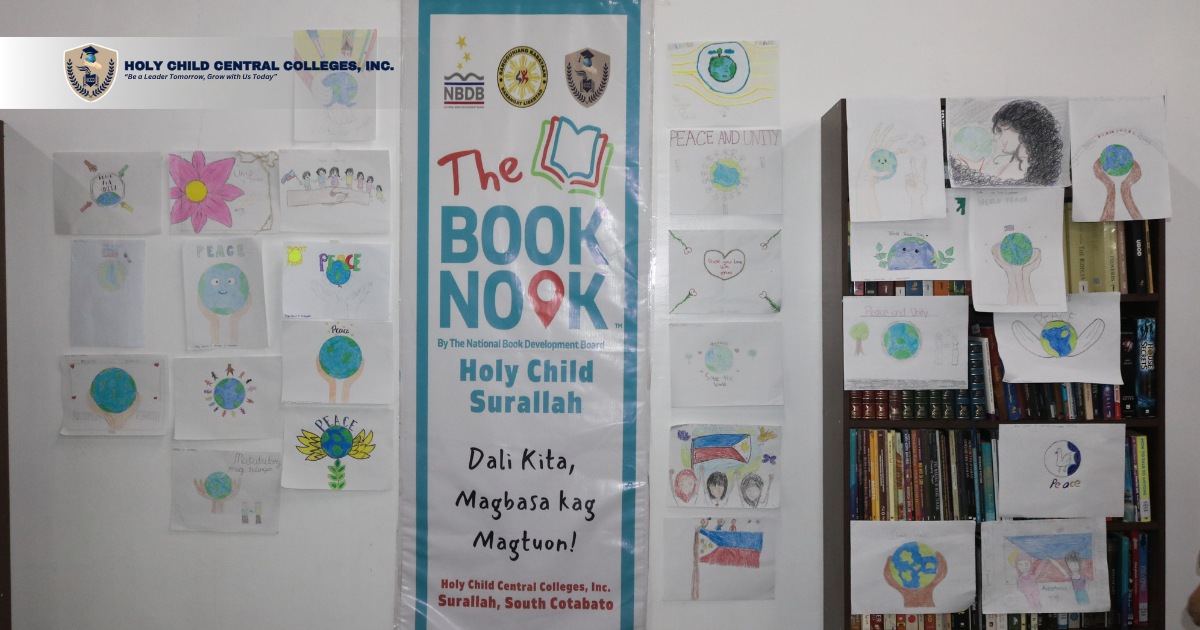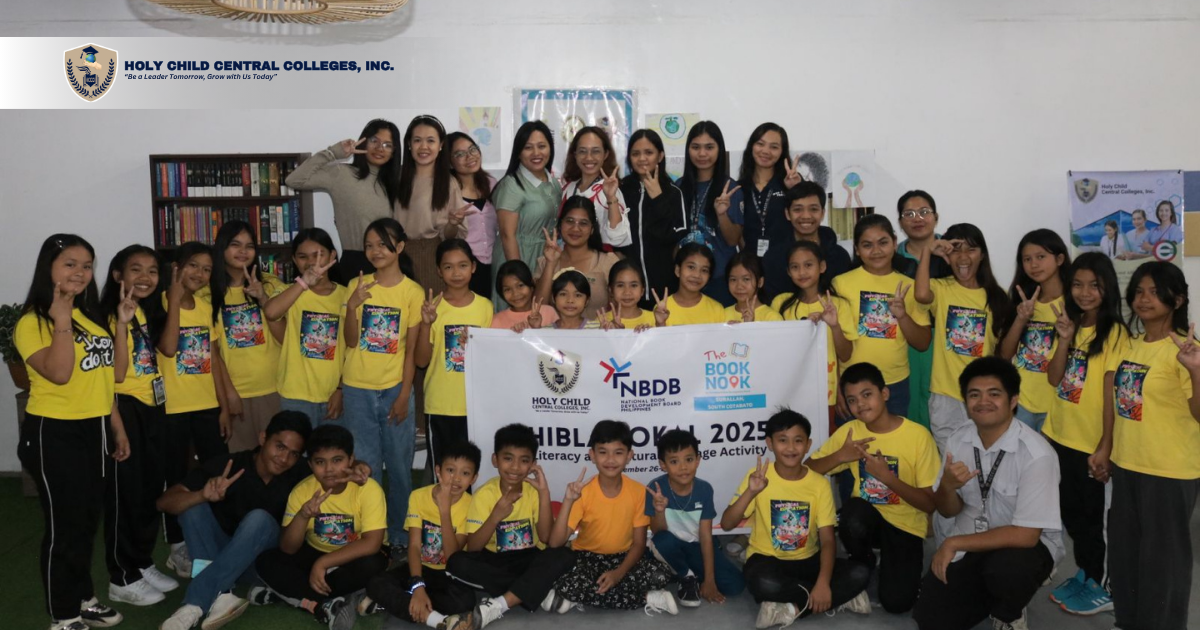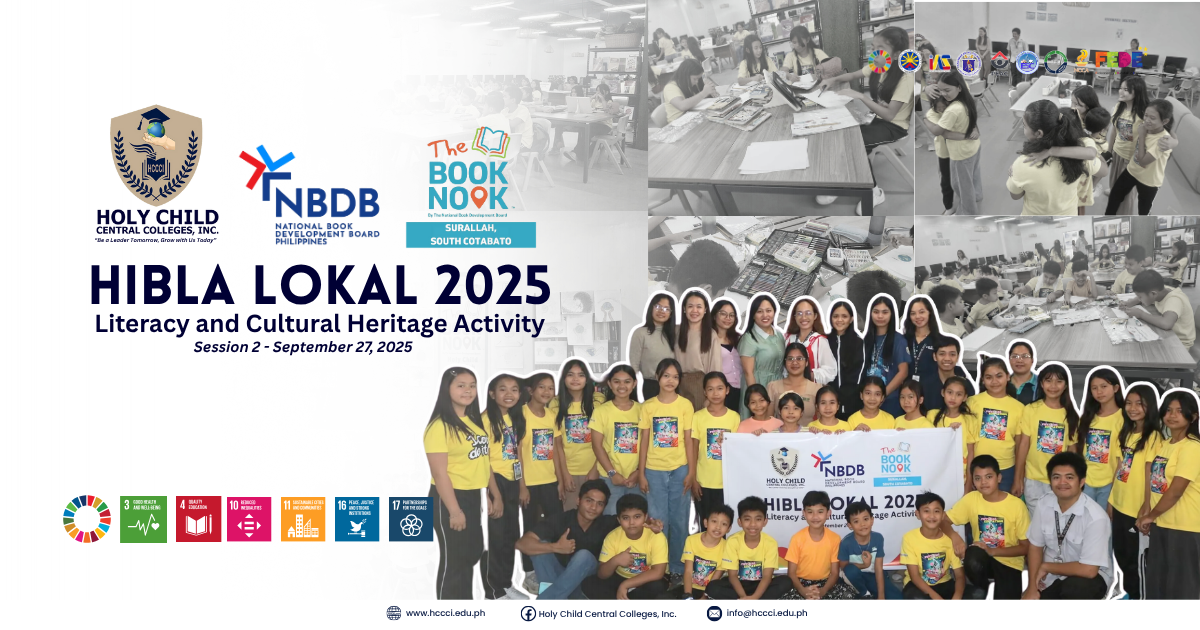𝐇𝐂𝐂𝐂𝐈 𝐚𝐧𝐝 𝐁𝐨𝐨𝐤 𝐍𝐨𝐨𝐤 𝐒𝐮𝐫𝐚𝐥𝐥𝐚𝐡 𝐂𝐨𝐧𝐝𝐮𝐜𝐭 𝐇𝐢𝐛𝐥𝐚 𝐋𝐨𝐤𝐚𝐥 𝟐𝟎𝟐𝟓 𝐒𝐞𝐬𝐬𝐢𝐨𝐧 𝟐 𝐰𝐢𝐭𝐡 𝐒𝐮𝐫𝐚𝐥𝐥𝐚𝐡 𝐂𝐞𝐧𝐭𝐫𝐚𝐥 𝐄𝐥𝐞𝐦𝐞𝐧𝐭𝐚𝐫𝐲 𝐒𝐜𝐡𝐨𝐨𝐥
Holy Child Central Colleges, Inc. (HCCCI), through its role as host institution for Book Nook Surallah, successfully held the second session of the Hibla Lokal 2025 Cultural Learning Activity on September 27, 2025, at the HCCCI Campus 1 Library. The event was supported by the National Book Development Board (NBDB) through its nationwide Book Nook program, a grant that continues to empower children by expanding their access to meaningful cultural and literacy activities.
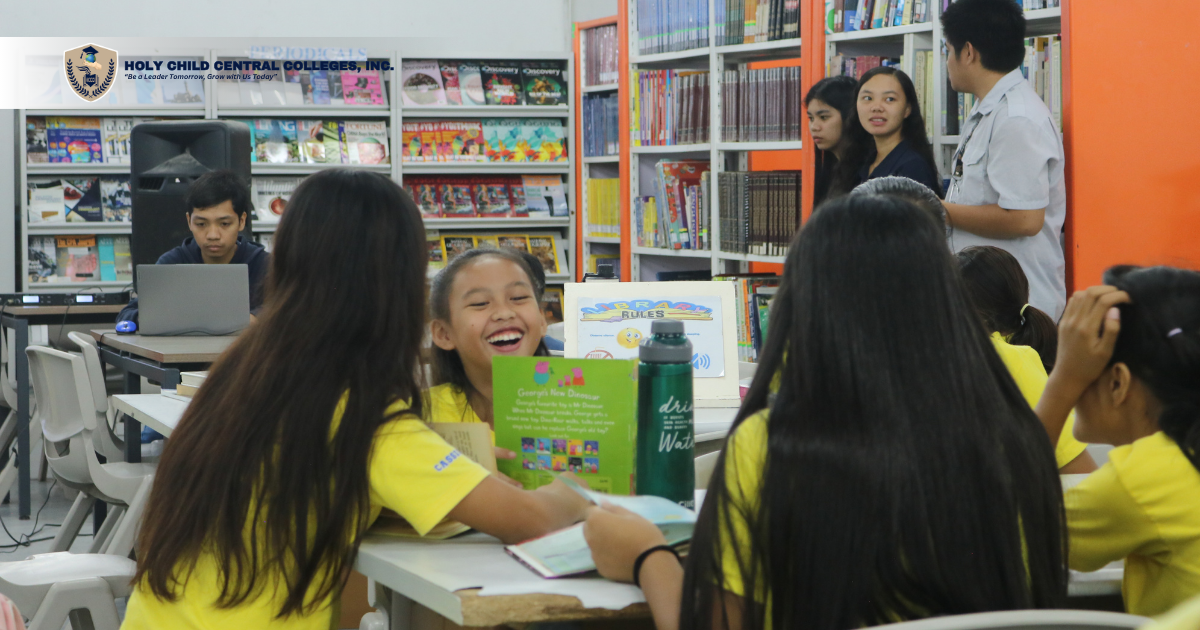
In partnership with Surallah Central Elementary School (SCES), the activity welcomed Grade 6 students from the advisory of Ma’am Cherry Susbilla, with the support of Principal Richard S. Celo, who ensured the active participation of his pupils. The program showcased the deep connection between literature, culture, and child development, while emphasizing the role of schools, libraries, and communities in shaping a more inclusive learning environment.
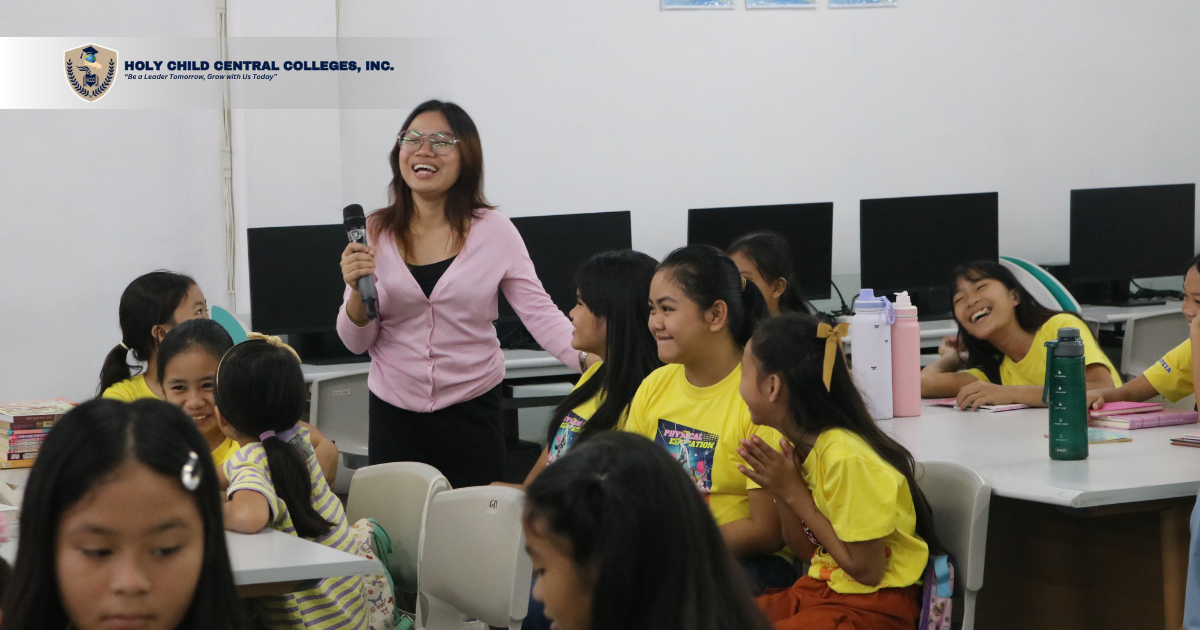
The program opened with a warm orientation led by HCCCI librarians, who introduced the children to the College Library and familiarized them with the Book Nook resources. Mariel C. Dalipe, LPT, HCCCI Basic Education faculty, served as program host, maintaining the flow of activities in an engaging and lively manner. Arnelyn B. Antonio performed the storytelling session, which drew from the Book Nook collection and highlighted narratives that resonate with the everyday realities, traditions, and aspirations of Filipino children.
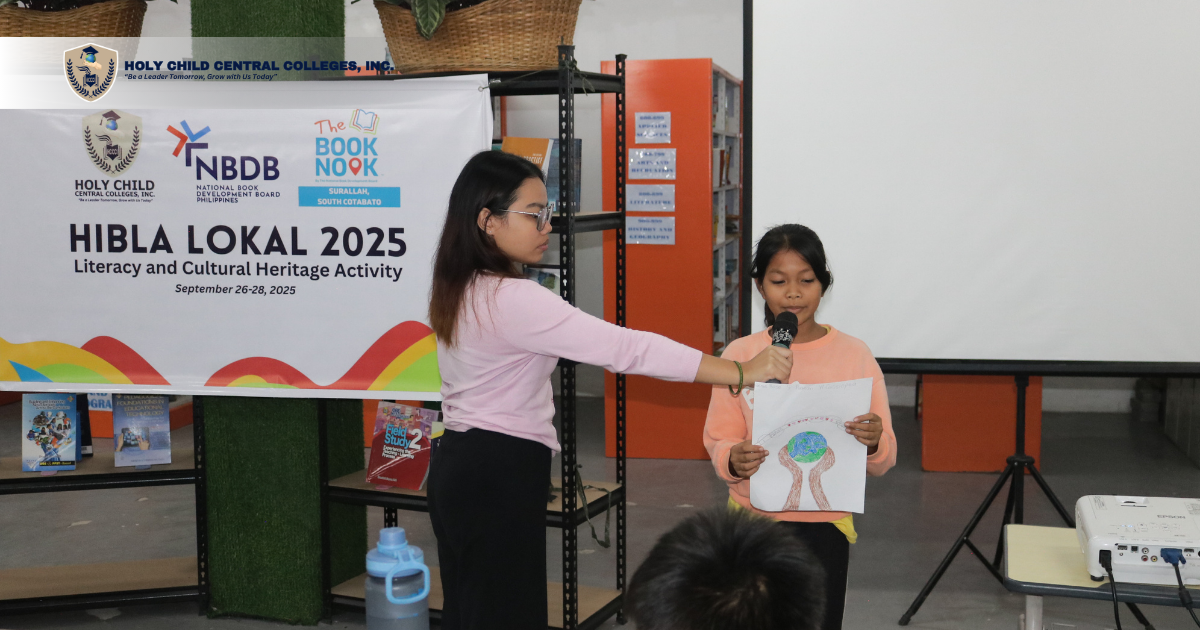
For this session, the featured book was War Makes Me Sad by Mary Ann Ordinario-Floresta, illustrated by Biboy Blu and published by ABC Educational Development Center in 2018. The story is a bilingual (English–Filipino) children’s picture book narrated through the eyes of a young child living amid the conflict between Muslim and Christian communities in Mindanao. The book’s innocent yet poignant narration captures fear, loss, and disruption but also carries a strong yearning for peace, understanding, and compassion.
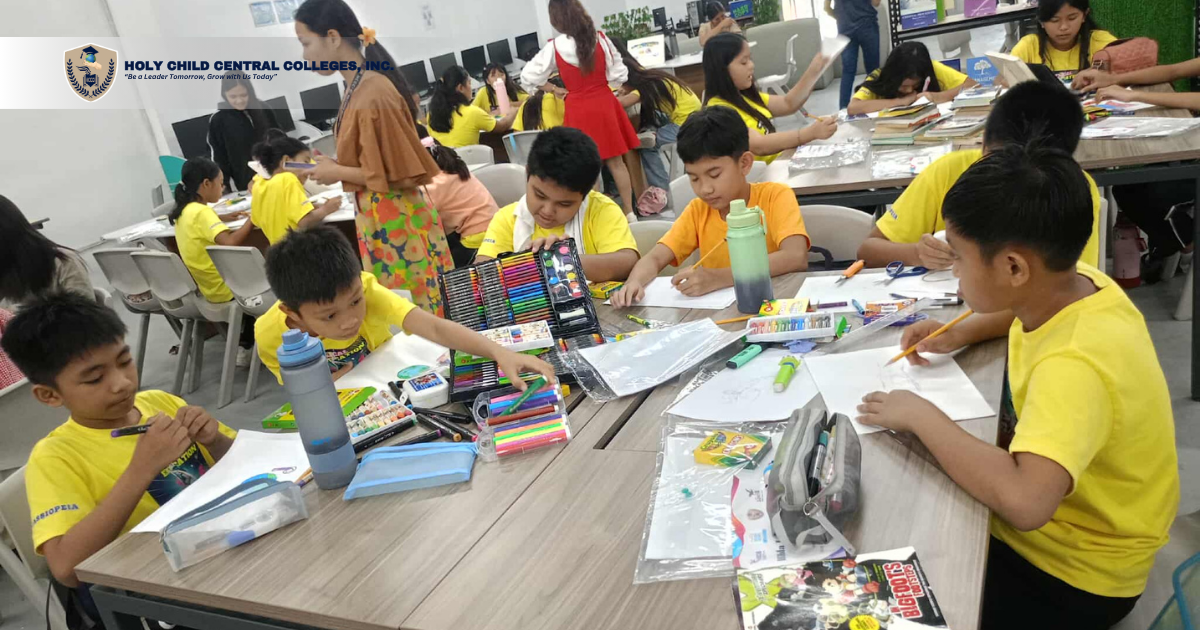
To deepen student engagement, the program integrated Prong 1: Genuine Love for Reading. Before reading, the children sang the song Marawi and reflected on guiding questions: Ano ang nararamdaman mo habang kumakanta ng awiting “Marawi”? Ano sa palagay mo ang nangyayari sa kantang ito? Anu ang epekto nito sa mga tao, lalo na sa mga bata? They were also asked: Maaari mo bang sabihin kung ano ang iyong nararamdaman pag nakakarinig ka ng putukan o nakakakita ng kaguluhan, ano ang epekto nito sa iyong pang-araw araw na buhay? During reading, the story was dramatized through character roleplay with music, allowing the narrative to come alive. Afterward, the facilitators encouraged the children to share their feelings, learnings, and even personal experiences related to the story. Supplementary readings such as Ang Batang Ayaw Gumising by Rene Villanueva were also made available.
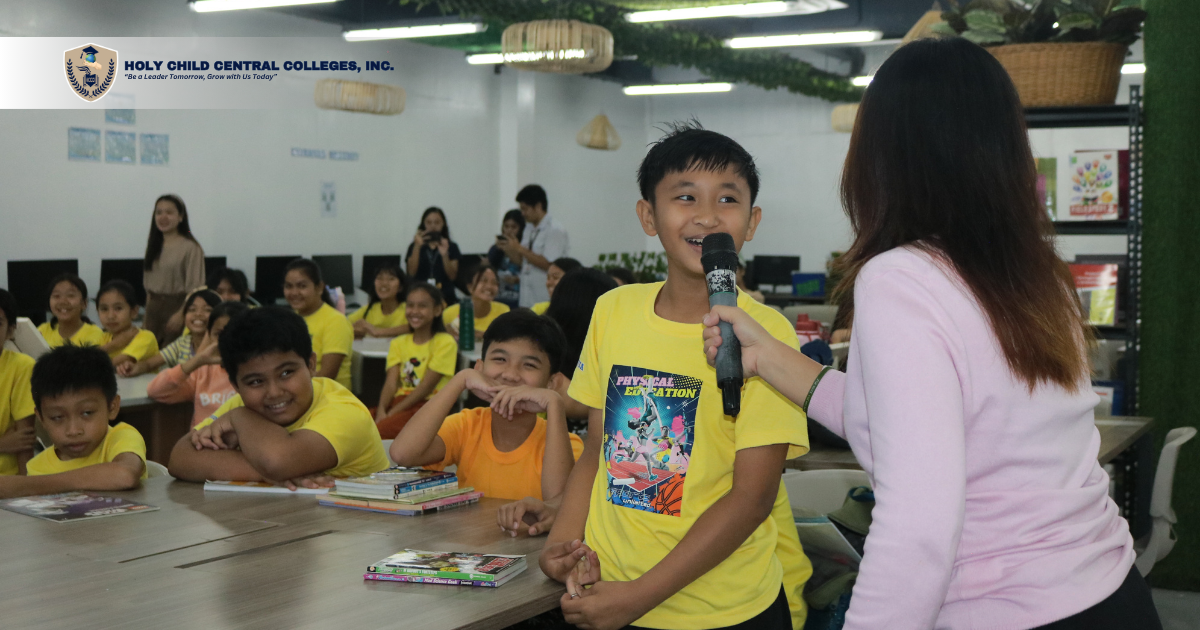
The activity then moved to Prong 2: Critical Thinking. The facilitator asked the children reflective questions such as: Ano ang iyong nararamdaman sa napakinggang kwento? Ano sa palagay mo ang dahilan ng digmaan? Ano ang maaari mong gawin upang makaiwas dito? Sa anong paraan tayo makakatulong upang makamit ang katahimikan? Bilang bata, paano mo maipapakita ang kahalagahan ng kapayapaan sa inyong munting komunidad?
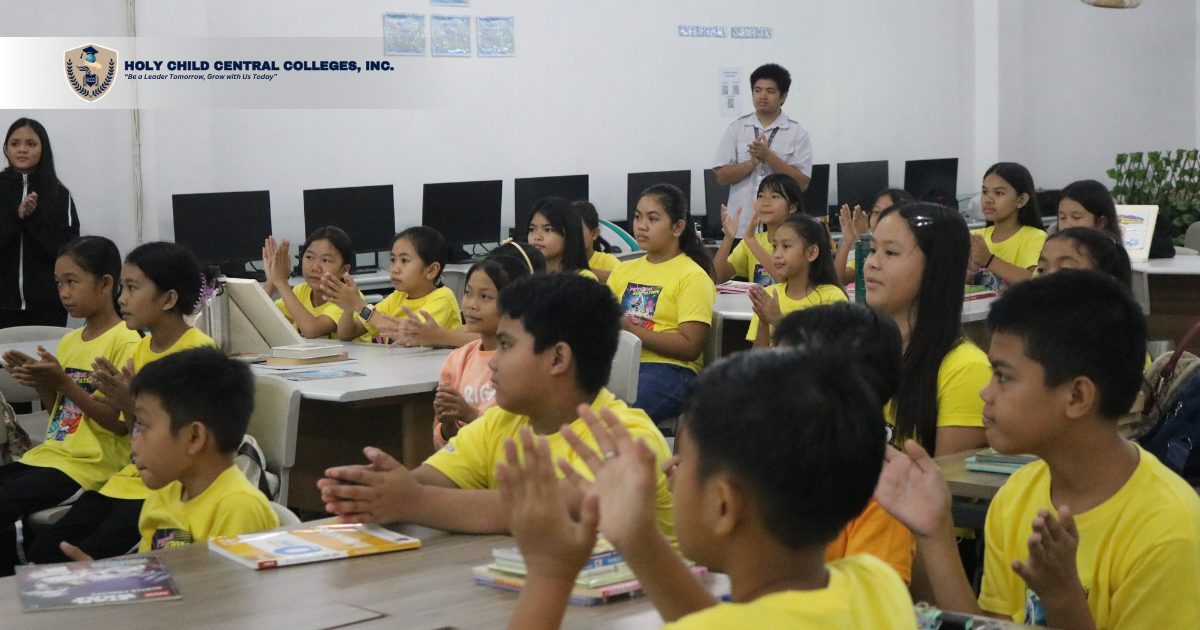
This reflection transitioned into the Peace Art Shop Workshop: Gunita ng Kapayapaan, where the students expressed their thoughts and aspirations for peace through poster-making. With bond paper, crayons, and markers, they drew and wrote symbols of harmony, unity, and hope, later explaining the meaning of their artwork to the group. The posters were displayed in a symbolic “Wall of Peace,” serving as a reminder of their collective commitment to peace. Supplementary books such as Ang Batang Ayaw sa Gulo by Segundo Matias Jr. reinforced the session’s theme of unity and conflict resolution.
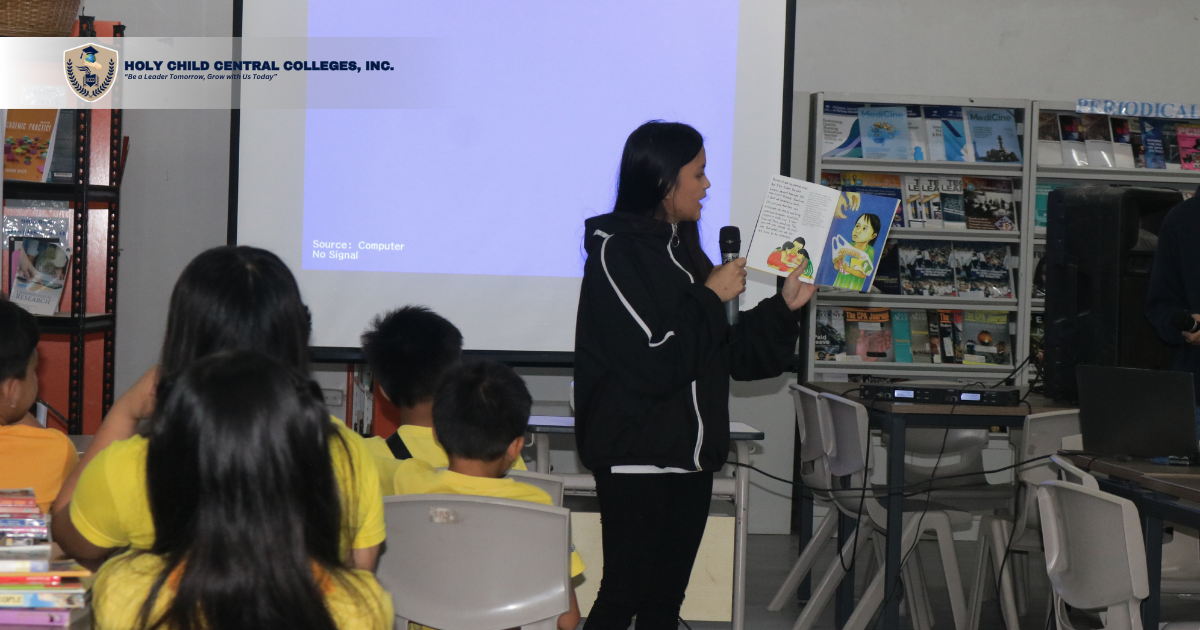
Throughout the program, the support of HCCCI Gunita: A Book Lover’s Club volunteers was invaluable. Major Officers Mark Angelo B. Dizon, Joylyn M. Nuñez, and Maria Fernanda C. Toledo assisted in organizing activities and guiding participants, while Claris P. Anating, Head of the House of Silang, and Ronniel S. Casiro, Head of the House of Luna, ensured smooth implementation of the art workshop. To guarantee the safety and wellness of the students, Rose Anne Marsha G., Mission Assistant Nurse, was present to monitor health and provide support when needed.
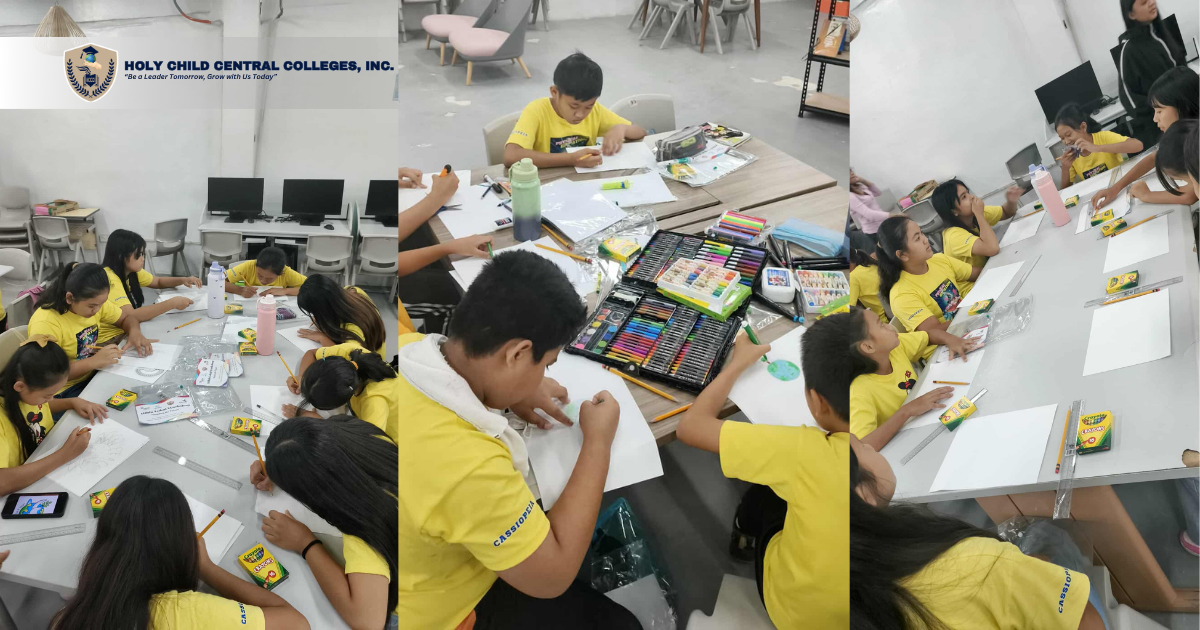
Behind the scenes, the activity was spearheaded by the HCCCI Library under Rosecil S. Bayot, RL, MLIS, Head Librarian, with the support of Jade Mariel E. Morales, LPT, and partner librarian Justine J. Feca, RL of Santo Nino College Foundation, Inc., along with faculty members Mariel C. Dalipe, LPT and Joy D. Jordan, LPT. Leadership support was also strengthened by Jack Robin A. Lacerna, MMEM, Book Nook Area Coordinator for Book Nook Surallah and Director, International Relations and External Linkages at HCCCI, under the guidance of Dr. Erwin M. Faller, PhD, Academic Director, and Mark Laurence J. Fano, LPT, MALT, CHRA, Director for Student Affairs, whose leadership and commitment ensured the alignment of the initiative with NBDB’s national goals and HCCCI’s vision for cultural literacy and student development.
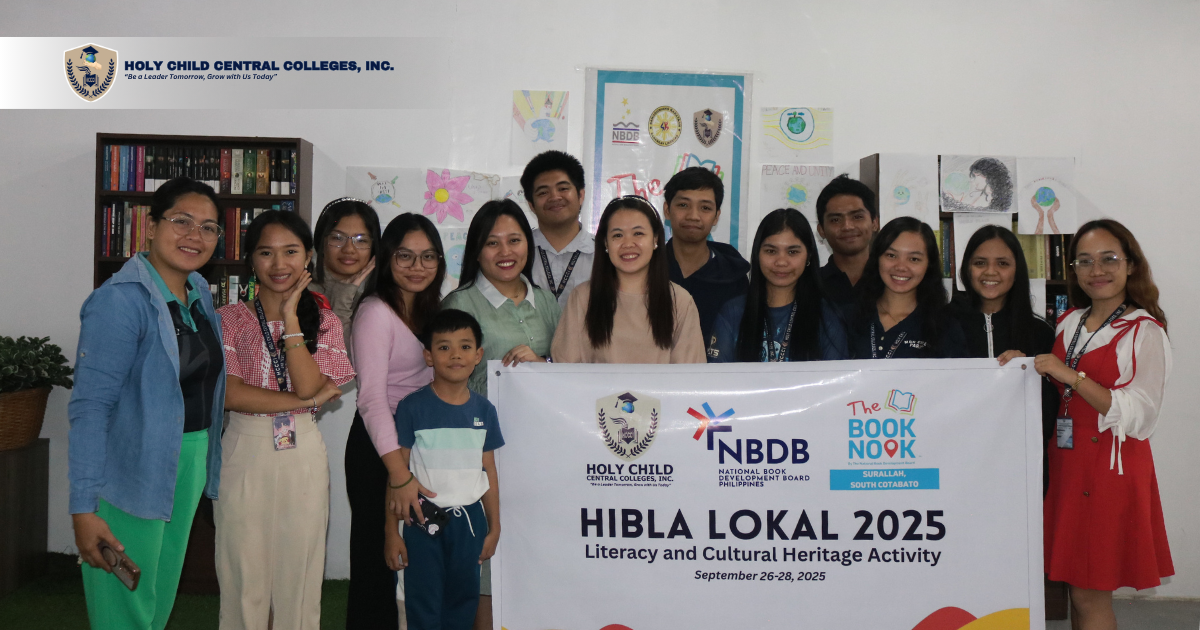
Aligned with the Sustainable Development Goals (SDGs), Hibla Lokal 2025 actively addressed multiple targets. By promoting literacy and cultural understanding, it advanced SDG 4: Quality Education (Target 4.7). Lessons on proper food handling and a safe environment supported SDG 3: Good Health and Well-Being (Target 3.4). The integration of heritage and storytelling upheld SDG 11: Sustainable Cities and Communities (Target 11.4), while the participatory format encouraged by children’s reflections exemplified SDG 16: Peace, Justice, and Strong Institutions (Target 16.7). Furthermore, by giving free and equal access to SCES learners regardless of background, it embodied SDG 10: Reduced Inequalities (Target 10.2). The session concluded with time for quiet reading, closing reminders, and words of gratitude from the facilitators. The children left with new stories, artwork, and reflections that connected literacy with peace and empathy.
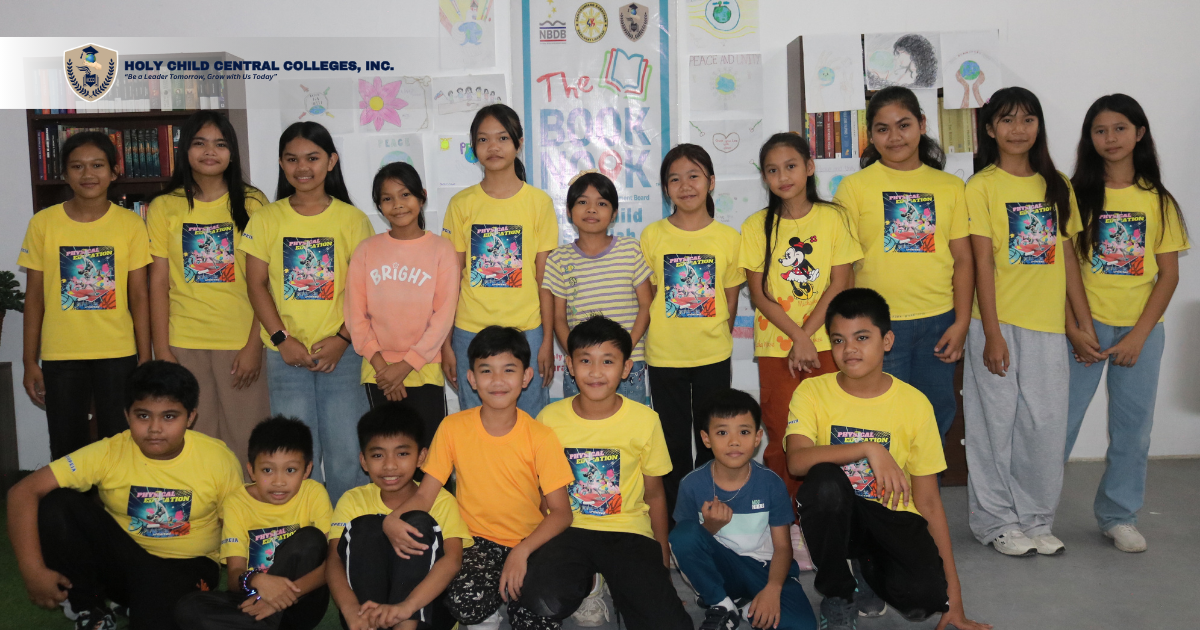
This second session of Hibla Lokal 2025 not only nurtured a genuine love for reading but also fostered critical thinking, empathy, and creativity. By weaving storytelling, art, and cultural awareness into a single learning journey, the program inspired children to become champions of peace and identity in their own communities. The “Wall of Peace” now stands as a testament to their shared voices—a powerful reminder that through books, art, and collective imagination, we can build a kinder and more united society.
